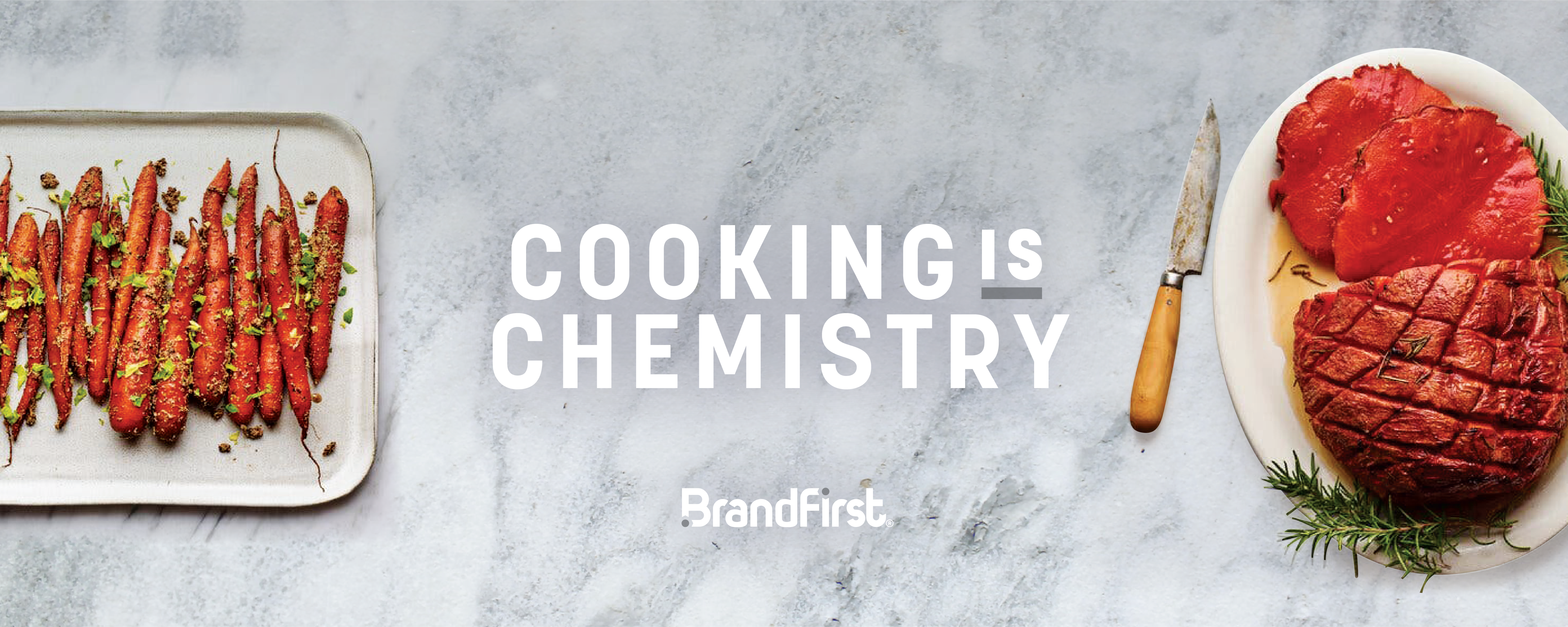IMAGE SOURCE: New York Times
Cooking is Chemistry
Earlier this week, there was an article that appeared in The New York Times titled “Charcuterie With All of the Smoke but None of the Meat.” American chefs are exploring the possibilities of plant-based salumi, and even home chefs can try their hand at it. This same week, Lightlife came out with a letter espousing their position relative to Impossible and Beyond Meat. They are claiming that their lower ingredient burgers and products are a testament to whole foods and the discipline to maintain within the “lighter” less processed genera they feel they are representing. They did this by calling out Beyond Meat and Impossible as being too far on the side of food tech.
A few thoughts on this. First of all, the NYT article points out how one can bring plant-based foods such as watermelon, radishes, kelp, and carrots to new heights of flavor by treating them in much the same way as meat – doing everything from salting, curing, drying, fermenting, and smoking them. This is very interesting, and it shows that the appetite for working with plant-based foods has only grown both in interest and sophistication. Items such as burdock root jerky, radish prosciutto, and watermelon ham can take up to 36 hours of curing. Should it be said that curing with wood smoke is too processed? Should we not indulge in slow cookery on this level because it dips into a process that takes great skill?
Lightlife is trying to differentiate themselves from a crowded powerhouse. They are trying to come in third (or fourth, fifth, ninth?) in an increasingly saturated category. While competition can bring out the shouting and vitriol, it is important to remember that the plant-based world is a community. Let’s remember that the greater good isn’t leveraged via infighting. In a world where we need more magic, not less, I think standing in the way of tech that has clearly pushed the envelope when it comes to choice and taste is a foolhardy practice. I also know from an agency perspective that we often are tasked with the exercise to help differentiate a product from the competition. Truth be told, that is a tall order unless the product is truly unique. Beyond and Impossible are certainly unique and innovative. People have the choice whether they want to eat a 36-hour cured watermelon ham or a Lightlife burger just as much as they do an Impossible Burger. I feel it is a little disingenuous to say something that clearly comes from a process reliant on science would suggest that they are taking the highroad away from the laboratory. After all, cooking is chemistry, is it not?

BY ALEXANDER ZOX, STRATEGY & NEW BUSINESS DEVELOPMENT

